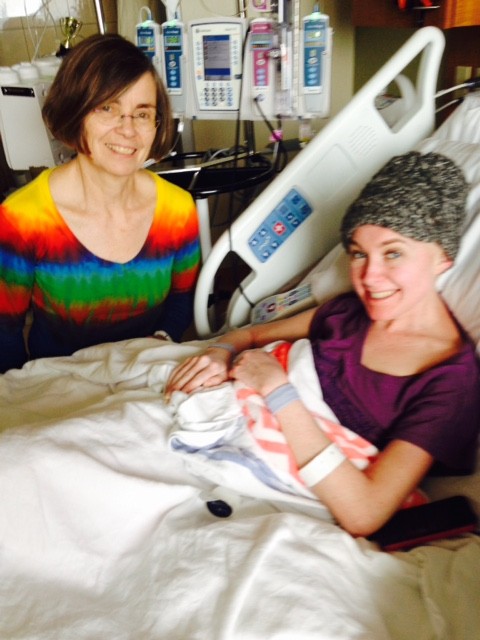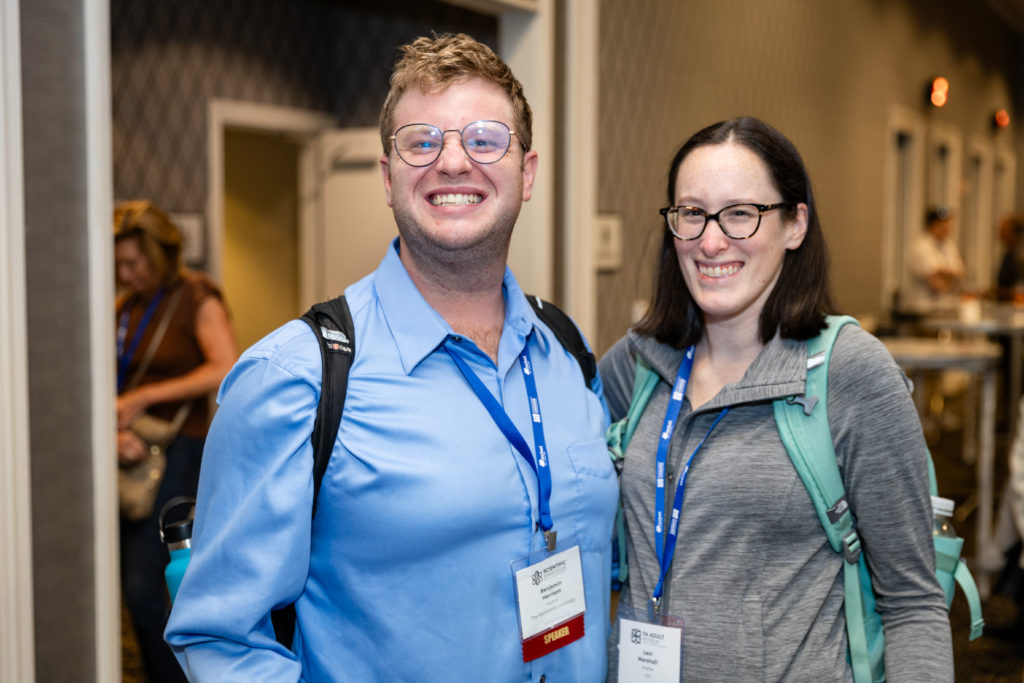When I joined the FARF Board of Directors seven years ago, co-founders Dave and Lynn Frohnmayer were its charismatic leaders. Their youngest daughter, Amy, already an adult, had been my violin student starting when she was nine years old, and through her I had become passionate about trying to help find better treatments and one day a cure.
By the time I got the opportunity to serve on the board, Amy had graduated from her six years of violin lessons, as well as from Stanford University, where she also earned an MA in Psychology. We still maintained our connection, through running, laughing, chocolate chip cookies, and email.
It was because of Amy that I wanted to join the FARF Board, and soon she was a member, too. At the FA Family Meeting at Camp Sunshine, we would drag ourselves out of bed at dawn to go running. I remember one time when her “short cut” across a golf course got us both busted and ejected. We laughed all the way back to breakfast.
On the board of directors, Amy and I struggled to learn enough to follow presentations at the annual Scientific Symposium, where hundreds of researchers from all over the world converged to share the latest discoveries. We found out about new genes, improved bone marrow transplant regimens, and the role of the FA pathway in DNA repair. We learned that our “orphan” condition was now no longer obscure. It was at the center of cancer research, because when all 23 FA genes work properly, they are the key to the DNA repair that prevents cancer.

Sharon Schuman served on the FARF Board of Directors from 2014 – 2020
It seemed like the more research FARF funded and the more we learned (or at least scientists learned), the more tantalizing was the possibility that somewhere out there might be a drug, or some combination of drugs and therapies, that could turn FA into a manageable condition. That is still our hope.
But my time on the board has also brought sobering realizations: all those FA children now surviving bone marrow transplants at an unprecedented rate, thanks to FARF research, face the perils of graft versus host disease, which can be fatal, as well as a 500-fold increased risk of head and neck cancer, which unless caught early, can also be fatal. In spite of the fact that we have the strongest organization ever, and the most brilliant, committed researches and medical doctors ever—in spite of the determination of a new generation of families and inspiring young adults—we need to do so much more, and we need to do it now. We have not figured out how to eliminate graft versus host disease. We have not figured out how to prevent leukemia, head and neck cancer, or a host of other cancers people with FA are prone to. The loss of Amy and so many others drove this point home.
As I leave the board, I am grateful for every opportunity I have had to take part in this unfinished quest. I will continue attending the Scientific Symposium, rooting for successful clinical trials of promising drugs and therapies, giving my concerts, and doing whatever else I can to support the search for a cure.

Sharon with Amy Frohnmayer Winn in 2016
Read Sharon’s popular piece on the history of Fanconi anemia:




